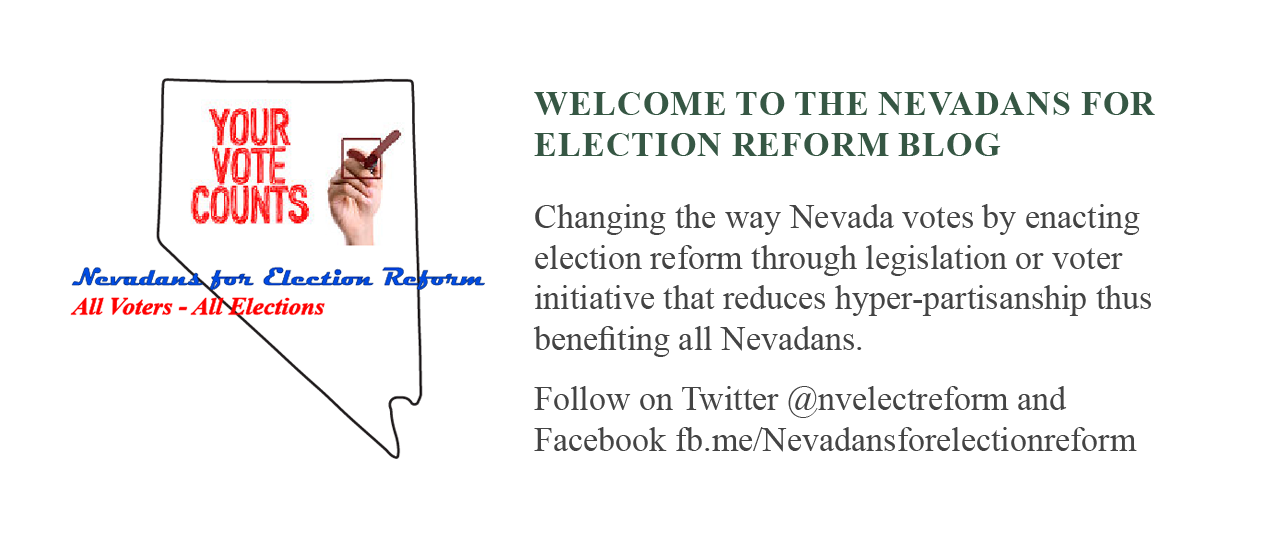The overwhelming perception, and there’s much truth behind
it, is that money plays the most important role in American politics, from the
lowest level campaigns and policies to those of national and global importance.
Whether that power is rightfully earned or is the result of voters, candidates,
and elected officials unwittingly
bestowing it is a question up for debate. Given the apparent level of distain
for the influence of money in our political system, is there a way to
curtail it?
While data is extremely scarce given the relatively short
period of time the process has been used in elections, there is a belief that
Ranked Choice / Instant Runoff voting (RCV / IRV) could provide a path towards
loosening the grasp of money on our political and governing system.
In a March,
2014 MinnPost opinion piece, former Minnesota United States Senator David
Durenberger explains how. RCV / IRV changes the dynamic of elections and
policymaking possibly reducing the need for excessive dollars. His opinion
cannot be discounted. Could voters be
ready to cause a shift away from money’s influence in state and local races?
In
state and local races, national super political action committees (Super
PACs) are increasing
their spending in an attempt to influence election results. The goal is to
elect candidates that share their positions on national issues. This can
redirect campaign debate away from important local and state issues towards the
hyper-partisan national debate. However, this needn’t be the case.
Elections where voters go to the polls once, for a general
election using RCV / IRV, requires candidates speak to a wider audience. Appealing
to the small party base as is done in a low turnout primary will no longer
ensure election. They must focus on appealing to all voters, general election
mode, but with the added advantage that besides first-choice votes, they are
looking for second-choice votes that could be the difference between winning or
losing. According
to Senator Durenberger, this type of campaign requires increased use of
forums, town halls, and knocking on doors. Talking directly to voters,
addressing the issues, is what wins the election. Attack ads and mudslinging will
not guarantee victory on Election Day. Meeting and speaking with voters costs
less. A candidate or incumbent running for re-election is a safe district, one
where voter registration overwhelmingly favors one party over another, may still
have an advantage, however, given the continuing growth of voters registered as
Non-Partisan, even safe districts are not so safe. At the end of January, 2016,
the number of Nevada voters registered as Non-Partisan or when combined with
those registered in a minor party either exceeded or was within five percent of
those registered as either Democratic or Republican in 11 of the 21 (52.38%)
state senate districts and 25 of the 42 (59.52%) state assembly districts.
I’ve been told that holding a single election in November
using RCV / IRV will increase the money needed to be spent because a candidate
in a safe district has to be in general election mode, appeal to the greater
electorate. The ability to win the election in the primary, where the focus is
on only the smaller party base would not be present. I’ve also been told that large
donors such as major companies would have to change their donation practices, either
increasing the amount of money they allocate to political purposes or reducing the
amount of individual donations. Supposedly these donors give to several
candidates in the primary election so their chance of having influence
following the general election is increased. I do not refute the validity of
these statements. However, is it possible the opposite would happen? Less cash available
across the board would require candidates to conduct their campaigns as
alluded to by Senator Durenberger. RCV / IRV could actually decrease the
influence of money in our political system. It is also possible that because RCV / IRV has the potential to increase interest in the election, the amount raised from individual voters could grow.
Change is not easy. But where would we be today if society
had not embraced the many changes that have occurred over the past 50 years?
Baby Boomers (my generation) gave way to Gen X and Millennials (our children
and possibly grandchildren). The Millennials, those 18 – 34 years of age are
now the largest generation. They also are registering to vote as
Non-Partisan at much higher rate than other generations. All indications are
they are not embracing and will not embrace the politics of the past. If our cities, counties, state, and nation are
to make progress, the younger generations must believe their participation now
will make the difference between success and failure.
In one year, February, 2017, the Nevada legislature can take
a major step in showing the generations that are our future their opinions
matter, that their participation in our governing processes is important by
enacting the Nevada
Election Modernization and Reform Act of 2017 (NEMRA – 2017).
